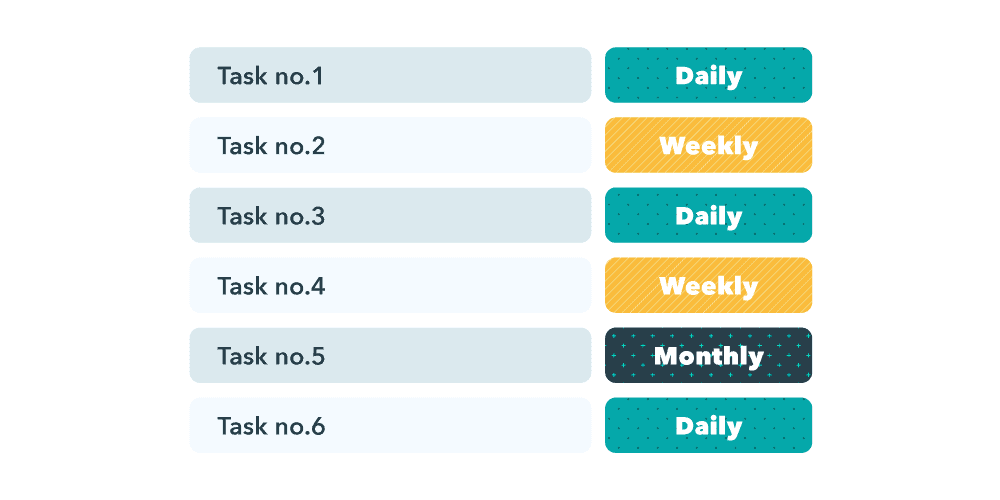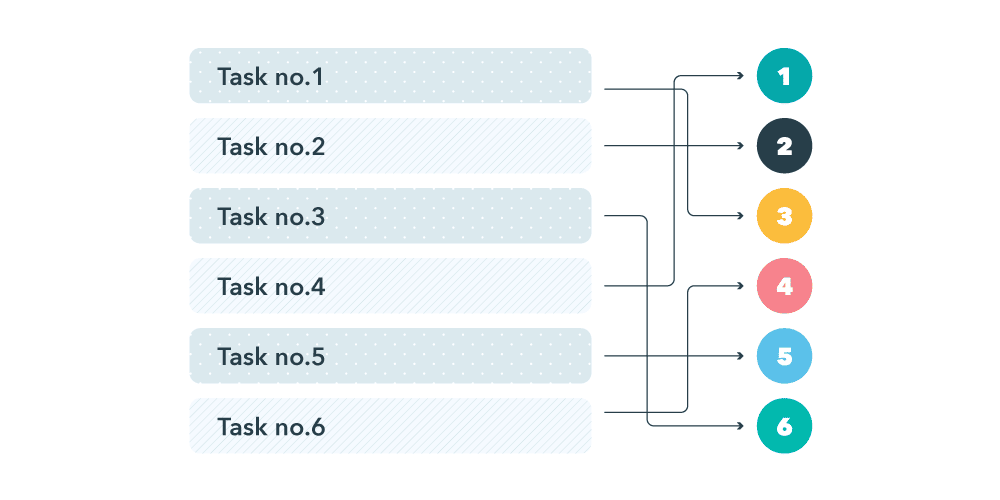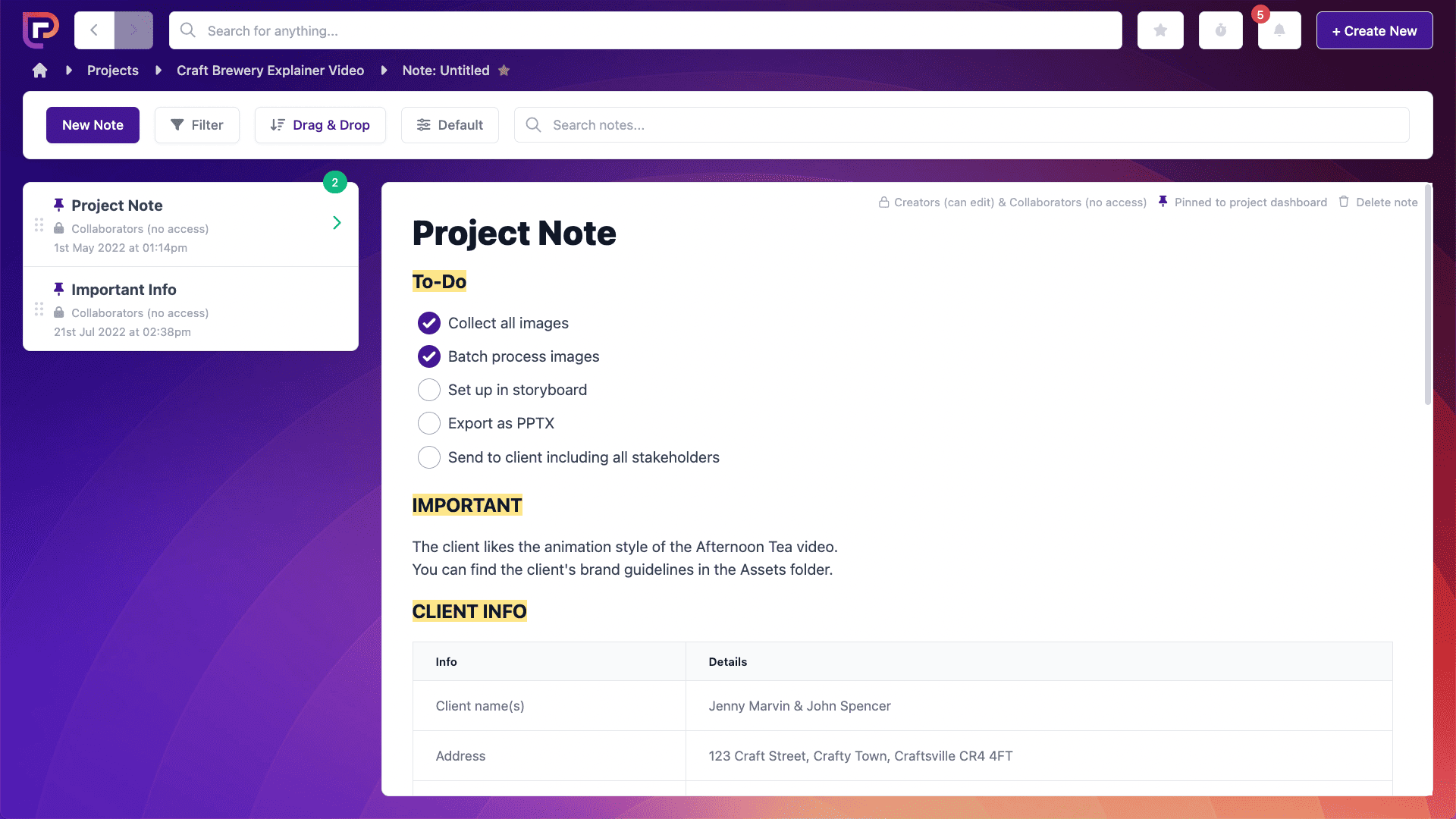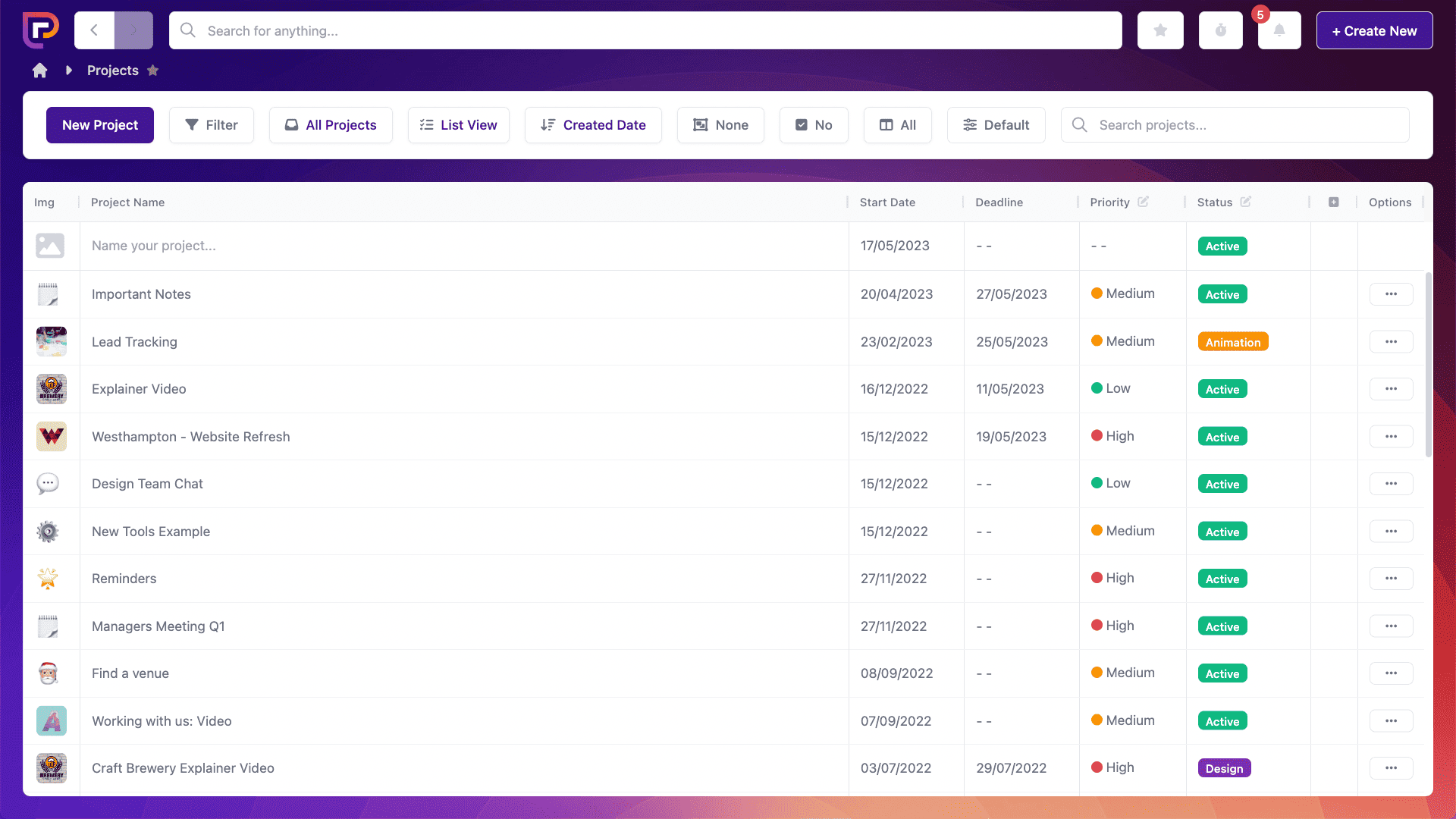Last updated on 19th June 2024
When you get home after a long hard day at work, it’s really easy to work out your priorities. Some family time, making a healthy dinner or heading to a gym class.
Because you know that’s what’s important to you!
But when it comes to your workday, it’s hard to distinguish because everything seems equally important.
We’ve all been there. You draw up a task list for the day – a dozen deliverables, actions and meetings. And every one of them seems to be important.
In this article, we’ll run through exactly how to prioritize like a pro when EVERYTHING is important!
Different prioritising methods
The Master List
This method begins with a master list, which is then broken down into smaller categories such as monthly, weekly and daily.
Prioritisation happens on different levels. You’ve got stuff that needs doing today, other things that need to be done by the end of the week and so on.
Start by making a master list on a document, app, or piece of paper where every current and future task can be stored.
Once you have all your tasks together, break them down into monthly, weekly, and daily goals.

Your monthly list pulls from your master list, your weekly list pulls from your monthly list (you get the idea!)
This helps you to focus on your daily priorities and know they’re aligned with your bigger goals.
The Eisenhower Matrix
This strategy separates the urgent from the important. In basic terms, urgent tasks are things you feel like you need to react to right away, like emails, phone calls or texts.
While important tasks are ones that contribute to your long-term mission, values, and goals.
When looking at the tasks you’ve got to do, they should fit into one of the following quadrants:
Important, but not urgent: Decide when you’ll do these and schedule it.
Urgent, but not important: Delegate these tasks to someone else.
Neither urgent nor important: Drop these from your schedule as soon as possible.
Sorting your tasks into these categories will help you to identify what is actually important.

The Ivy Lee Method
The idea of this method is to rank your workload by its true priority. Because even with our best efforts, we sometimes end up with a massive to-do list.
The ‘Ivy Lee Method’ actually begins at the very end of your working day.
It works like this:
1. At the end of each workday, write down the six most important things you need to accomplish tomorrow. Do not write down more than six tasks.
2. Prioritize those six items in order of their true importance.
3. When you arrive tomorrow, concentrate only on the first task. Work until the first task is finished before moving on to the next one.
4. Approach the rest of your list in the same fashion. At the end of the day, move any unfinished items to a new list of six tasks for the following day.
5. Repeat this process every working day.

Project management prioritising tips
1. Assess how much you can handle
This doesn’t have to just apply to yourself, think about how much your team can handle or your company as a whole.
Work out the approach that will work best. Is it starting with all the big tasks first and finishing up with the fiddly bits, or the other way round?
Try alternating big projects with small ones when possible to keep your team fresh and motivated.
On Project.co, you can look at your project tasks in a number of views, including a task list, calendar view, schedule view and kanban view. This can really help when you’re working out how many tasks you can handle at one time.
2. Be flexible
Things can always change, so you’ve got to keep that possibility in the back of your mind and be prepared to be flexible at all times!
A team member could get ill, a delivery date could be moved forward or a client could change direction right in the middle of a project. But you’ve got to roll with the punches.
Add buffers to your schedule to account for this and be prepared to rearrange your priorities when needed.
Project.co helps you to stay flexible by keeping everything in one place at all times. The discussion tool holds all chat related to the project…

…and the notes tool can be used and updated by the whole team.

3. Know when to say no
If you aren’t going to be able to complete a project to a high standard because your schedule is full – don’t take it on! This is important for quality control, because if you put out poor quality work, you risk looking bad alongside your competitors.
Prioritize the work you already have on and do a great job. But try to do this as tactfully as possible, maybe offer a later delivery date when you’re less busy, or hire a freelancer to help.
4. Assess value
You can determine what ‘value’ means to you. The biggest earner? Something you can use as an example on your website?
Look at your list of projects and figure out which is most valuable to your business, and whatever that may be, put it to the top of your list.

Project.co works especially well for teams who have multiple projects on the go at once because you have easy access to all of your projects.
You can take a look at your project list at any time and easily assess which projects are the most valuable.
Final thoughts
It’s hard to not get bogged down when you’re busy, and a ton of work can get overwhelming, really quickly.
So it’s really important to have practices in place to help you prioritize your workload.
Whatever tasks are important to you, Project.co can help you manage them more effectively. With Project.co all the information for each project is kept in one place giving your team and clients a single source of truth. Sign up today to get started.


